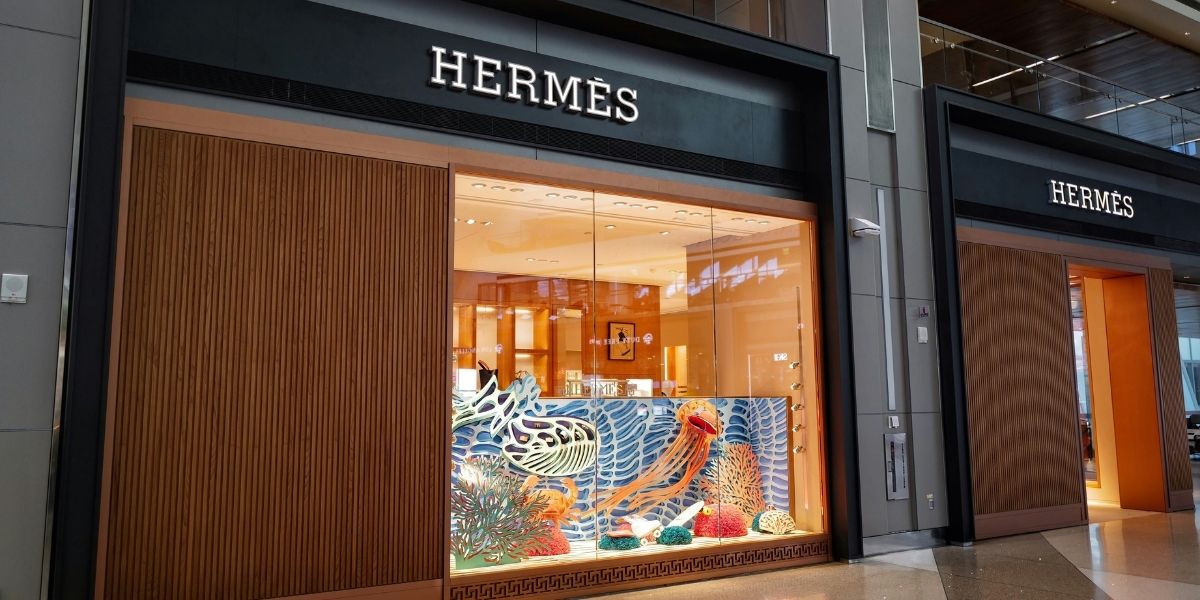How Has the Evolution of TV Advertising & Commercials Shaped Modern Marketing?
The evolution of TV advertising and commercials reflects a powerful transformation in how brands communicate with audiences. From static black-and-white announcements to emotionally engaging, data-driven campaigns, TV advertising has continuously adapted to changes in technology, culture, and consumer expectations. This journey highlights the growing complexity—and creativity—behind every commercial break.
Read Also: Acai Berry Health Benefits and Tasty Culinary Uses
What Were TV Commercials Like in the Early Broadcast Era?
Television advertising began in the late 1940s, when TV itself was still a novelty. Early commercials were simple and direct, often featuring a presenter standing next to a product, describing its features. The tone mirrored radio spots, focusing on straightforward persuasion and repetition.
One of the first notable TV ads aired in 1941 for a watch brand during a baseball game. It lasted just 10 seconds but marked the beginning of a medium that would redefine brand visibility. As TV sets became household staples, advertisers quickly recognized their potential to reach millions of viewers at once.
How Did the Golden Age of Television Influence Ad Storytelling?
The 1950s and 1960s are often considered television’s golden age. During this time, commercials started to evolve from static endorsements to miniature stories. Brands began investing in production quality, catchy jingles, and memorable characters to create emotional connections with viewers.
Popular mascots and slogans emerged, becoming part of popular culture. Commercials weren’t just about selling—they were about entertaining. Agencies realized that humor, drama, and relatability could make a message more memorable.
This period also introduced sponsorship models, where one advertiser funded entire programs. This close alignment between content and commerce laid the groundwork for future strategies in brand integration and product placement.
What Changed When Cable and Niche Channels Emerged?
The arrival of cable television in the 1980s fragmented audiences and gave rise to niche programming. Advertisers could now target specific demographics more precisely, shifting their strategies to match the varied interests of different channels.
This change reduced the dominance of major networks but increased the diversity of advertising styles. Commercials became more tailored, and frequency increased. The evolution of TV advertising and commercials entered a phase where relevance became just as important as reach.
Advertisers began testing new formats, such as longer infomercials and short-form teaser ads. They also used A/B testing more frequently, adjusting messaging based on viewer feedback and market response.
How Did the Digital Era Disrupt Traditional TV Ads?
With the rise of digital streaming and on-demand content, traditional TV advertising faced new challenges. Viewers gained more control over how and when they watched shows, often skipping ads altogether. This shift forced marketers to rethink their approach.
In response, the industry explored non-skippable ads, shorter commercial formats, and branded content embedded within programs. Streaming platforms offered new opportunities for advertisers to use real-time data for targeting, though many continued to rely on traditional spots during live events like sports or award shows.
The evolution accelerated with addressable TV advertising, which allows different households to see different ads during the same program. This marked a fundamental change—turning TV into a personalized advertising platform, much like the internet.
What Role Does Data Play in Today’s TV Commercials?
Data now plays a central role in how TV commercials are planned, delivered, and measured. Brands use viewer behavior, purchase history, and location to serve relevant ads to specific audiences. This targeting increases efficiency and return on investment.
Campaigns are no longer evaluated solely by ratings. Metrics such as ad recall, view-through rate, and audience engagement offer deeper insights. Advertisers can adjust creative content mid-campaign based on performance, making the process more dynamic than ever before.
The industry also uses data to segment audiences more effectively. A single commercial may have multiple versions, each designed for a different age group, region, or interest area. This adaptability helps ensure that messages resonate with the right viewers at the right time.
How Are Advertisers Adapting to Shifting Viewer Habits?
Modern audiences multitask during commercial breaks, often using smartphones or tablets. To stay relevant, advertisers are designing content that aligns with multitasking behaviors—shorter, punchier ads that grab attention quickly.
Brands are also synchronizing TV ads with digital experiences. A commercial might prompt viewers to scan a QR code, follow a hashtag, or visit a landing page. This interaction bridges the gap between passive watching and active engagement.
Live events remain one of the last strongholds of traditional TV ads. Super Bowl commercials, for example, continue to attract millions of viewers and generate social buzz. Advertisers treat these events as major campaigns, unveiling new products and storytelling concepts to a massive audience.
Read Also: How Automotive Software Is Transforming Driving in 2025
Why Does the Evolution of TV Advertising and Commercials Matter?
Understanding the evolution of TV advertising and commercials helps explain how marketing strategies must continuously adapt. The journey from static product pitches to immersive, data-informed campaigns reflects deeper changes in technology and culture.
As TV becomes more interactive and personalized, the role of commercials will keep shifting. They’re no longer interruptions but part of a larger content experience. Advertisers who succeed in this space are those who can blend message with medium—meeting viewers where they are, both emotionally and digitally.
Whether through nostalgia-driven storytelling or AI-generated personalization, the modern commercial is more than just a pitch. It’s a tool for building relationships, starting conversations, and reflecting the values of both brand and audience.








